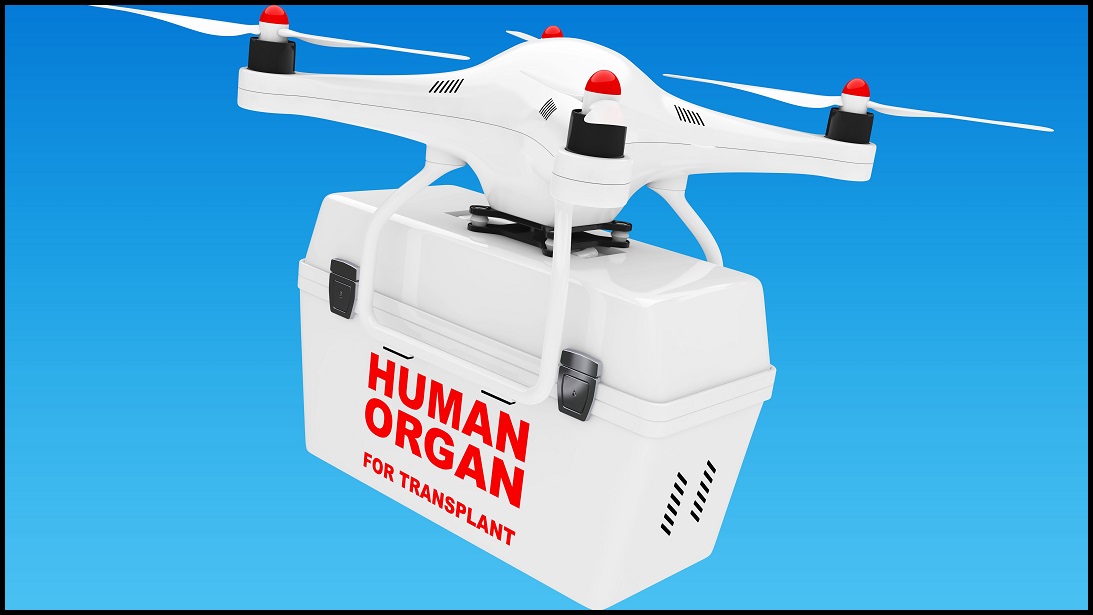A 44-year-old woman from Baltimore in the US received a kidney transplant with a difference last week.
Trina Glipsy – who has been on dialysis since 2011 – was delivered her new kidney via drone, in a world-first for human medicine and transplantation.
“This whole thing is amazing,” said Glipsy.
“Years ago, this was not something that you would think about.”
The successful transplant was a combined project between the Schools of Medicine and Engineering at the University of Maryland.
Although the drone’s journey from the launch site to the hospital’s helipad was just under 5km, scientists involved with the project believe it could lay the foundations for significant improvements to transplantations.
“There remains a woeful disparity between the number of recipients on the organ transplant waiting list and the total number of transplantable organs,” said Assistant Professor of Surgery at the University of Maryland School of Medicine, Dr Joseph Scalea.
“This new technology has the potential to help widen the donor organ pool and access to transplantation.
“Delivering an organ from a donor to a patient is a sacred duty with many moving parts. It is critical that we find ways of doing this better.”
The drone itself was equipped with a handful of safety features to ensure a smooth delivery, including backup propellers, backup motors, dual batteries, a backup power distribution board and even a parachute recovery system.
Prior to the kidney transplant, the team had also transported saline, blood tubes and other materials by drone.
As well as potentially reducing organ transplant waiting times, Dr Scalea highlighted the benefits in terms of analytics.
“There is currently no way to track an organ’s location and health while in transit,” he said.
“Even in the modern era, human organs are unmonitored during flight. I found this to be unacceptable. Real-time organ monitoring is mission-critical to this experience.”
Currently, the transportation logistics involved with the organ transplant process creates a challenge, with either chartered flights or often unreliable commercial flights used.
To help successfully deliver the project, Dr Scalea teamed up with medical technology companies to develop the ‘Human Organ Monitoring and Quality Assurance Apparatus for Long-Distance Travel’, which measured the temperature, barometric pressure, altitude, vibration and location during the flight.









